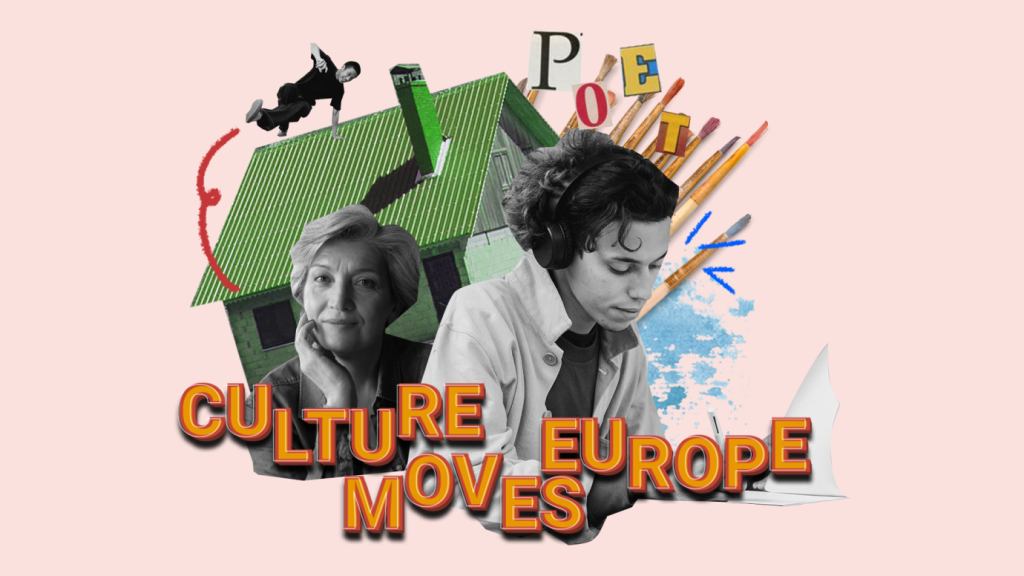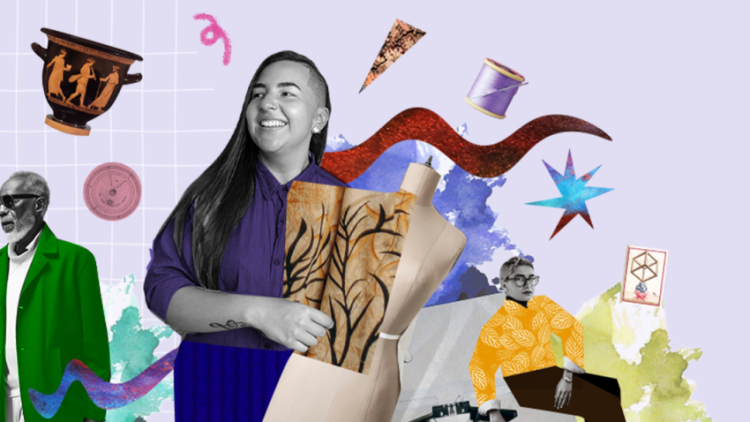1. Introduction: The Tapestry of Human Cultures
Human culture is a living mosaic shaped by millennia of migration, trade, conquest, and cooperation. From the Silk Road to the modern internet, encounters between diverse communities have generated new ideas, technologies, languages, and values. Cultural integration—the process by which people of different backgrounds interact, exchange, and sometimes merge elements of their traditions—has become one of the defining dynamics of the twenty-first century.
In today’s era of globalization, international mobility, and digital communication, cultural integration is no longer a peripheral phenomenon; it sits at the heart of how societies evolve. Yet it is also a complex, sometimes contentious process that provokes questions about identity, belonging, power, and justice. Understanding the pathways, challenges, and opportunities of cultural integration is crucial for building inclusive communities and a cooperative global order.
2. Historical Foundations of Cultural Integration
2.1 Early Interactions
Cultural mixing is not a recent invention. Prehistoric migrations already brought languages, tools, and rituals into contact. The agricultural revolution, spreading from the Fertile Crescent to other regions, transformed lifestyles and belief systems across continents.
In antiquity, the great trade routes—such as the Silk Road and Indian Ocean maritime networks—served as arteries of cultural diffusion. Along these routes, not only were spices, silk, and metals exchanged, but also ideas such as Buddhism, Islam, mathematics from India, astronomy from Persia, and artistic motifs that reshaped local aesthetics. These interactions often stimulated economic growth and cross-civilizational learning.
2.2 Colonial Encounters
The age of exploration and colonial expansion from the 15th to the 19th centuries accelerated cultural encounters, but often through violent and asymmetric relations. European powers imposed languages, legal systems, and religions on colonized regions, while also absorbing elements of the cultures they dominated—culinary ingredients, artistic techniques, and philosophical ideas.
This period highlights both the potential and the perils of cultural integration: while hybrid forms of art, language, and cuisine emerged, cultural suppression and forced assimilation left legacies of inequality and resentment.
2.3 Modern Globalization
The 20th and 21st centuries brought rapid advances in transportation, communication, and international governance. Waves of migration, decolonization, the rise of global markets, and the internet age have intensified cultural interactions. Today, a teenager in Lagos can consume K-pop music from Seoul, wear sneakers designed in New York, and participate in online debates with peers from Rio de Janeiro and Beijing.
Globalization has thus created unprecedented opportunities for cultural integration, yet also raised new tensions about homogenization and cultural loss.
3. Dimensions of Cultural Integration
3.1 Language and Communication
Language is both a bridge and a barrier. Shared lingua francas—such as English in international business or Swahili in East Africa—facilitate exchange. Yet languages also encode cultural heritage, and the loss of local tongues can mean the erosion of identity.
Effective cultural integration requires policies that promote multilingualism, encourage translation and interpretation, and respect the linguistic rights of minority communities.
3.2 Economic Exchange and Labor Migration
Trade and labor mobility often drive cultural mixing. Migrant workers bring their culinary traditions, festivals, and religious practices to host societies, which in turn influence their identities and aspirations. Economic exchange also shapes cultural norms around work ethics, consumption patterns, and entrepreneurship.
3.3 Arts, Media, and Popular Culture
Films, music, sports, and digital platforms have become some of the most powerful vehicles of cultural integration. Bollywood movies captivate audiences in Africa, Latin pop sweeps across Asia, and Netflix series inspire discussions from Cairo to Copenhagen.
These exchanges can foster empathy and mutual understanding, but they also spark debates about cultural appropriation, copyright, and the dominance of a few global media giants.
3.4 Education and Knowledge Transfer
International education and research collaborations encourage intellectual cross-pollination. Universities that host students from around the world often become microcosms of cultural integration, promoting curiosity and reducing stereotypes.
However, disparities in access to education and brain drain phenomena highlight the need for equitable policies to ensure that integration benefits all communities.
4. Challenges to Cultural Integration
4.1 Identity Politics and Social Cohesion
Cultural integration often provokes anxieties about losing one’s heritage or being marginalized. The rise of nationalist movements and identity-based politics in many countries reflects these fears. Policymakers face the delicate task of balancing the preservation of local traditions with the embrace of global openness.
4.2 Inequality and Power Asymmetries
Integration does not occur on a level playing field. Wealthier nations often have disproportionate influence over cultural trends, technology, and media distribution. This can create cultural hierarchies that perpetuate stereotypes and underrepresent marginalized communities.

4.3 Technology and the Digital Divide
While the internet accelerates cultural exchange, it also exacerbates divides between connected and disconnected populations. Moreover, algorithmic personalization can create echo chambers, reducing exposure to diverse perspectives and fostering polarization.
4.4 Environmental and Cultural Sustainability
Tourism and mass consumption driven by cultural globalization can put pressure on fragile ecosystems and indigenous practices. Integrating cultures responsibly requires attention to both environmental sustainability and cultural heritage protection.
5. Opportunities in a Culturally Integrated Future
5.1 Hybrid Identities and Creativity
Individuals exposed to multiple cultural influences often develop hybrid identities that can enrich innovation. Many of the world’s most dynamic urban centers—New York, London, Singapore, Toronto—are hubs of such hybridity, fostering creativity in the arts, cuisine, technology, and social entrepreneurship.
5.2 Conflict Resolution and Peacebuilding
Cultural integration can reduce prejudice and foster empathy, contributing to peacebuilding in divided societies. Cross-cultural dialogues and exchange programs help bridge historic animosities, whether between ethnic groups within a nation or between countries with long-standing tensions.
5.3 Global Citizenship and Shared Values
Integrating cultures does not mean erasing differences; rather, it can lead to the articulation of shared values such as human rights, gender equality, and environmental responsibility. These universal principles, though interpreted through diverse traditions, form a common foundation for addressing global challenges.
5.4 Economic Innovation and Collaboration
Integrated cultural networks can stimulate entrepreneurship by blending insights from different markets. International partnerships often emerge from diasporic communities that act as cultural and business bridges.
6. Case Studies
6.1 The European Union
The EU’s project of regional integration illustrates both the promise and complexity of blending diverse national cultures. While shared institutions and mobility rights have deepened cultural exchange, debates over migration, language, and national sovereignty reveal the persistent challenges of integration.
6.2 Global Cities as Cultural Crossroads
Cities like Dubai, Vancouver, and Nairobi demonstrate how infrastructure, inclusive policies, and cultural festivals can make urban centers vibrant laboratories for integration. Their success stories highlight the importance of inclusive planning and local empowerment.
6.3 Digital Communities
Platforms like Wikipedia, YouTube, and open-source projects showcase cultural integration in virtual spaces. Despite linguistic and political divides, collaborative digital projects demonstrate the potential for knowledge-sharing and collective creativity.
7. Strategies for Inclusive Cultural Integration
- Inclusive Education: Curricula that highlight global histories and intercultural competence.
- Equitable Economic Policies: Ensuring migrant workers and minority communities benefit from integration.
- Responsible Technology Design: Algorithms that promote exposure to diverse viewpoints.
- Cultural Heritage Protection: Safeguarding endangered languages, rituals, and landscapes.
- International Collaboration: Global agreements to support cultural exchange while addressing inequalities.
8. Conclusion: Weaving a Shared Future
Cultural integration is not a linear journey toward uniformity; it is a continuous, evolving negotiation of identities, values, and relationships. The goal is not to dissolve diversity but to harness it as a source of resilience, creativity, and mutual enrichment.
In a century defined by transnational challenges—climate change, pandemics, economic inequality—humanity’s capacity to cooperate across cultural boundaries will determine not only our social harmony but also our survival. By approaching integration with humility, empathy, and a commitment to justice, societies can weave a shared future that respects differences while fostering unity.

















































